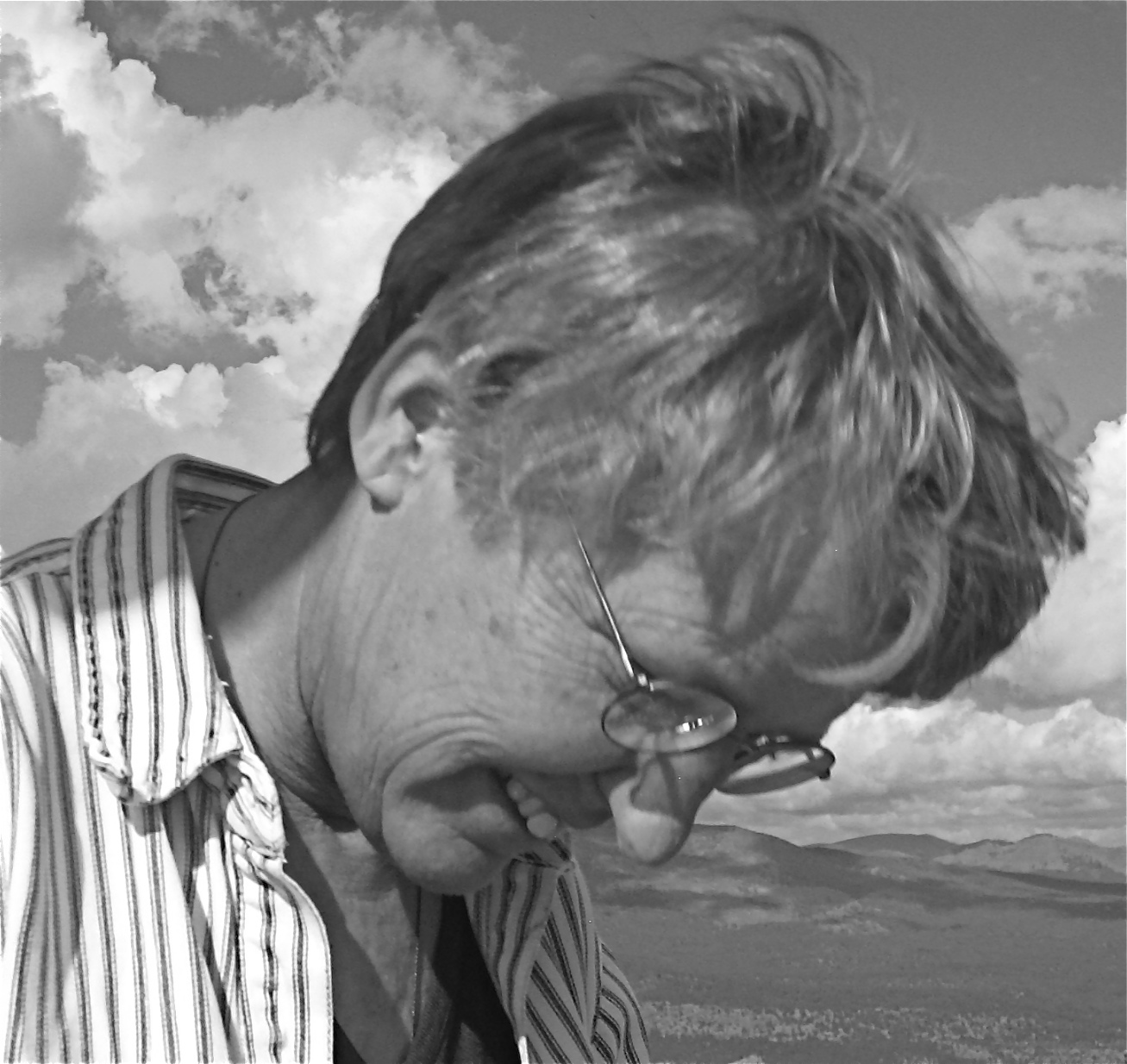Standing in front of a whiteboard in front of a class of wide-eyed second graders or a group of squirming teachers in a faculty meeting I wouldn’t say anything, but instead pick up a blue marker and draw a line that approximated a desk in the front row. Then I would pick up a red marker and create the shape of a head with a line of bangs and a graceful droop of hair from ear to cheek. I’d risk a couple of marks to approximate eyes and then pause for a count of six to really look at what might come next. I’d try not to let the fact that 20 people were watching rush me. What I wanted them to see is how unflustered a moment it might be to let your hand move with ease through a drawing. I’d add the way a shirt holds an arm. Hearing murmurs as they figure out who is being drawn, I’d make a balloon and let the cartoon of a human on the white board say something unexpected to the people gathered to hear what the visiting artist might say.
How many times did I do that in schools? For eight years all over Arizona for the arts commission, for 10 years in writing classes at the community college, I attracted attention though I am mostly shy of the spotlight. Today I marvel to remember my past boldness as I peer through a folder of student thank you notes with drawings of me. There I am, an awkward stick figure in a brightly colored shirt with an apron that has a big heart on it. There I am standing and waving a paintbrush to make a point or smiling by a desk with a book spread out, holding up pages to show how an accordion fold might be glued to a cover. With letter shapes sprawling through color, THANKS FOR TEECHING US repeats again and again.
Sometimes I convinced my school hosts to let me have a table in the library where I kept piles of drawings and a story in progress of pages that changed over the days. Three drawings one day. Nothing the next. Words added during the week. “I want your students to see how studio works,” I told the librarians who fretted about commotion or theft. “There’s nothing on the table that can’t go missing,” I assured them. “Creativity often sprawls a bit.”
Between classroom presentations, instead of lunch, or at the end of the day catching my breath, I’d sit with my watercolors and notebooks and lose myself to ideas spilling onto paper and odd scenes caught in clutches of color. Introduced to an assembly by the principal, I was the visiting artist to be respected. “Please be creative with our guest,” came the stern instruction that always made me wince. (I imagined students reporting to a parent how they’d seen this weird bug at school: The Artist.) In the studio in the library I was just whimsical me: absorbed or spacey, goofy or lost in thought, and most important, approachable.
At least that cello-sized fourth grade boy thought so.
Ben began coming by each day at lunch and at three after he had risked a minute’s stammered conversation with me and discovered I was a cellist, too. That made us pals and so he’d tell me what he read, even bringing the book the next day to show me stuff. We tried it together, reproducing the drawing he loved of a dozen cats. I made one line and handed him the Sharpee pen. He made the next line. I made another. He made another. Silent, looking closely, we clumsily, shakily reproduced a Wanda Gag drawing. He folded it carefully, put it in his cello case, and went to meet his mother in the line of cars waiting outside.
The next day we drew a shelf of books. The day after, we captured the librarian, trading the lines of the lumps of her shoulders hovering over the curve of a long counter. We drew the rectangle of a door with lunch boxes in the hallway. For days we passed the pen, murmuring about music, P.E. class and lunch food. At some schools I’d see four groups a day of 20 students, five days a week for four weeks. That could be 1,600 small faces I might “meet” during a residency. And, once upon a time—what a treasure—I met one Ben, a one-and-only Ben.

